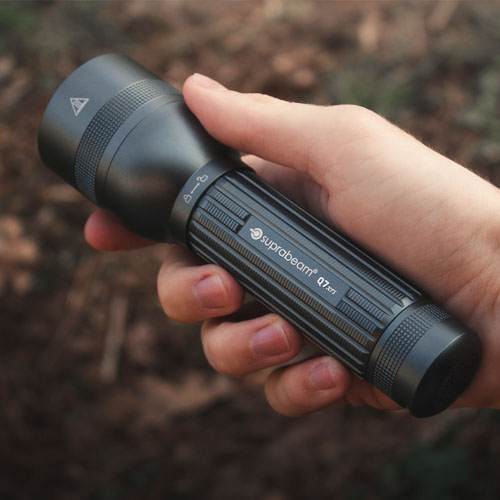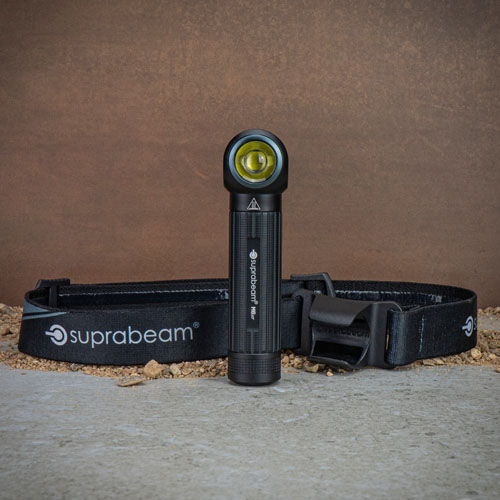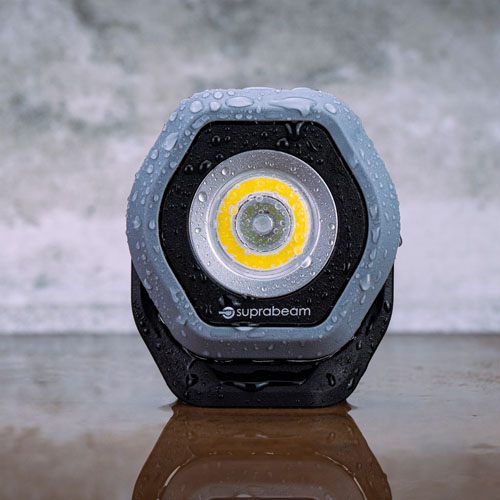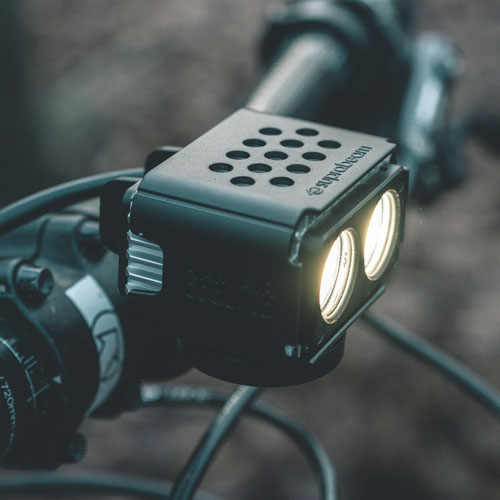Suprabeam Performance Check
Does your flashlight/headlamp live up to its specifications? Try the Performance check!
The Performance Checker is a calculation tool that allows you to test if a flashlight or headlamp can actually live up to the specifications promised by the manufacturer. So if you are planning a purchase or want to test your own light, type in the specifications to test it.
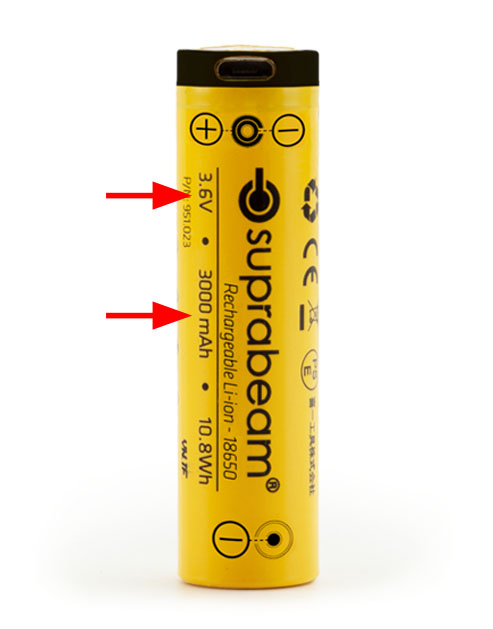
Where do you find the specifications?
It differs from manufacturer to manufacturer where you can find the information to type in.
Lumen can be found on the packaging and on the manufacturers website. It might also be in the product manual.
Runtime can be found on the packaging and on the manufacturer’s website. It might also be in the product manual.
Battery capacity (mAh) Can be found on the battery itself, and is most likely also on the manufacturer’s website.
Voltage Can be found on the battery itself, and is most likely also on the manufacturer’s website.
Wh Can be found on the battery itself, and is most likely also on the manufacturer’s website.
Why have we made it?
We believe in transparency
We have made the Performance Checker with one goal in mind; transparency. The only standard in this market is the ANSI FL-1 standard which most manufacturers use, including Suprabeam. There is however, one major problem with this standard; Manufacturers design their products to perform well in the tests rather than reality, when it comes to lumen and runtime. It is almost impossible for the customer to see through these bloated specifications. You can read much more about the ANSI FL-1 standard right here.
Lumen and runtime depend on how much power/capacity is available from the battery, and how much power the LED needs to deliver a certain amount of lumen. When you know the specifications of a battery, the stated lumen output, and the runtime, you can calculate the average lumen output. Which is exactly what we have done with this calculator.
The Performance Checker is simple to use and tells you what the average lumen output is during the runtime.
This lumen-value does not describe how the power of a headlamp/flashlight is distributed. It tells you at what average lumen level, the headlamp/flashlight is capable of running during the runtime stated by the manufacturer.
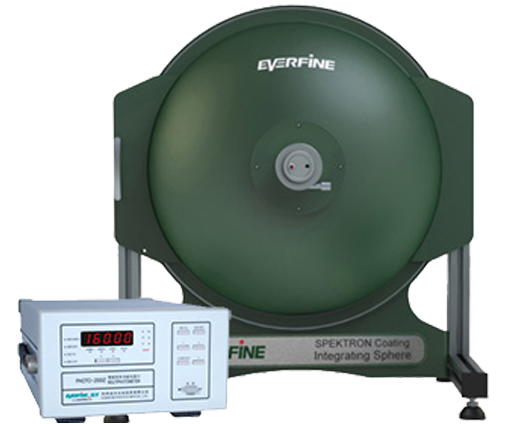
Where did all the lumen go?
The specifications are different from the manufacturers, but why?
When testing specifications on headlamps/flashlights there are only one standard, the ANSI FL-1, which most companies follow.
This is how lumen and runtime, the two most popular specifications, must be tested in order to live up to the ANSI FL-1 standard:
- Lumen output must be measured 30 seconds to 2 minutes after the light is turned on.
- Runtime must be measured from the lumen measurement and until the lumen output goes below 10% of the measurement value.
A standard for measuring specifications is a must, since it enables the customer to compare the specifications. But a standard as vague as this makes it possible for some manufacturers to bend the rules to their advantage.
Unfortunately, we see many manufacturers who program their flashlights/headlamps to maintain a very high lumen output for 30 seconds and then drop it significantly in order to save power and prolong the runtime. This maneuver gives the manufacturer an ANSI FL-1 approved lumen output and runtime, which do not tell the customer the slightest about what he/she can expect from the product.
If you want to make an informed decision when looking for a flashlight/headlamp, there are no other way than to look at a lightcurve. With a lightcurve you can see the precise lumen output during the entire runtime.
Suprabeam is the only manufacturer who publishes the lightcurves for our products. You can see all the lightcurves here.
Here are three examples on how a lightcurve can be designed; all three live up to the ANSI FL-1 standard.
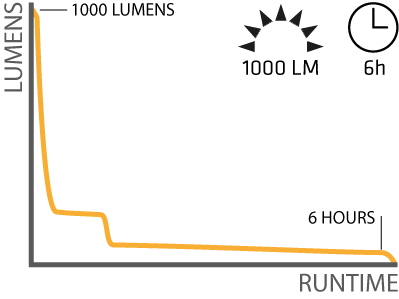
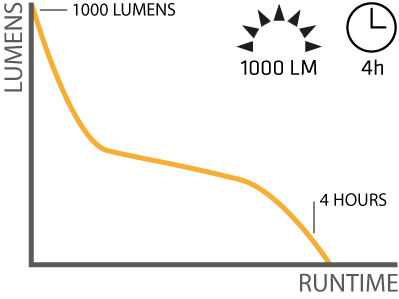
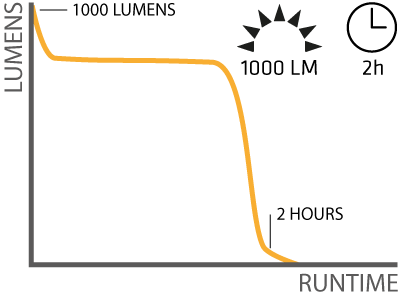
Example
We have purchased and tested one of the most popular headlamps in the last two years (2018-2020). It comes from one of the largest and most well-known manufacturers in the business, and it retails for approximately € 80.
Specifications promised by manufacturer
Lumen: 600 lm
Runtime: 10 hours
Our test (according to ANSI FL-1)
Lumen: 556 lm
Runtime: 9 hours 40 minutes
Performance Check
Average lumen: 115 lm
The ANSI FL-1 specifications are very close to the promised specifications, but why is the average lumen value in the Performance Check so low then?
Well, after only 2 minutes the headlamp is programmed to drop the lumen output from 556 lm 134 lm in order to get a 10 hour runtime.

Lumen will always drop
There will always be some
With almost any flashlight/headlamp there will be a difference between the specifications they are marketed with, and the specifications you get from the Performance Check. This is the case because almost all flashlights/headlamps will have to dim down the light in some degree.
This is mainly due to one factor: heat build-up.
When running an LED there will always be some degree of heat build-up, but too much heat will damage the LED. You will always want to get as many lumen from the LED as possible, but the more lumen the more heat, and at some point the light will have to be dimmed down in order to spare the LED. This is not the same as programming the light to perform well in the ANSI FL-1 test, but is necessary in order to get the highest performing product without harming the LED.
At Suprabeam we aim to give the user maximum control over lumen output and runtime. This is done by having a MAX level where the light runs on the highest possible light level.
When running the LED this hard, the light will have to be dimmed down at some point to prevent damaging the product. This is why you will also experience that most Suprabeam models dim down the light level. If you wish to prolong the runtime or avoid the dimming, you can use a lower light level or use the dimming function.
This way you are in complete control of the lumen output and battery life.
You should expect the average lumen value from the Performance Check to be lower, but if it says 600 lumen on the box and the average lumen is 115 you should not be satisfied.
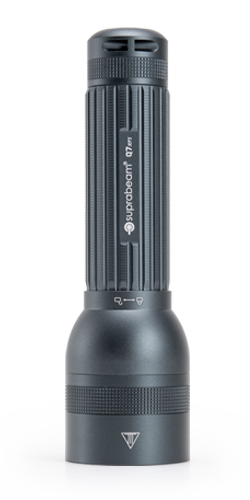
How does it look in reality?
A video comparison between two headlamps
Assumptions
What should you be aware of?
The average lumen is calculated: Watt hours / runtime * 110.
Why 110? The flashlight/headlamp will produce approximately 110 lumen per watt. Modern LED chips might show 150-190 lumen per watt on paper, but this is without taking loss into account.
Loss mainly comes from wiring, optics, and temperature. LED chips are typically marketed with a lumen per watt number measured at 25° Celsius, while most flashlights/headlamps runs the LED at 80° Celsius due to the heat build-up within the light. This affects the efficiency of the LED significantly and is why we have chosen to set the LED efficiency at 110 lumen per watt.
Another important factor is whether or not the specifications are actually measured in accordance with the ANSI FL-1 standard. We see many creative ways of measuring specifications, which bend or break the rules of the ANSI FL-1 standard.
The standard states that the temperature in the test environment must be 23° +/- 3°; however, in some cases the flashlight/headlamp is fan cooled which boosts the performance. Some flashlights/headlamps have temperature control which dims down the light to prevent the lamp from getting too hot, which is a very useful feature. However, we have seen specifications where the manufacturer has disabled the temperature control before measuring, to make the light perform better in the test. The end-user cannot disable the temperature control, and the product therefore performs worse in reality than in the test.
